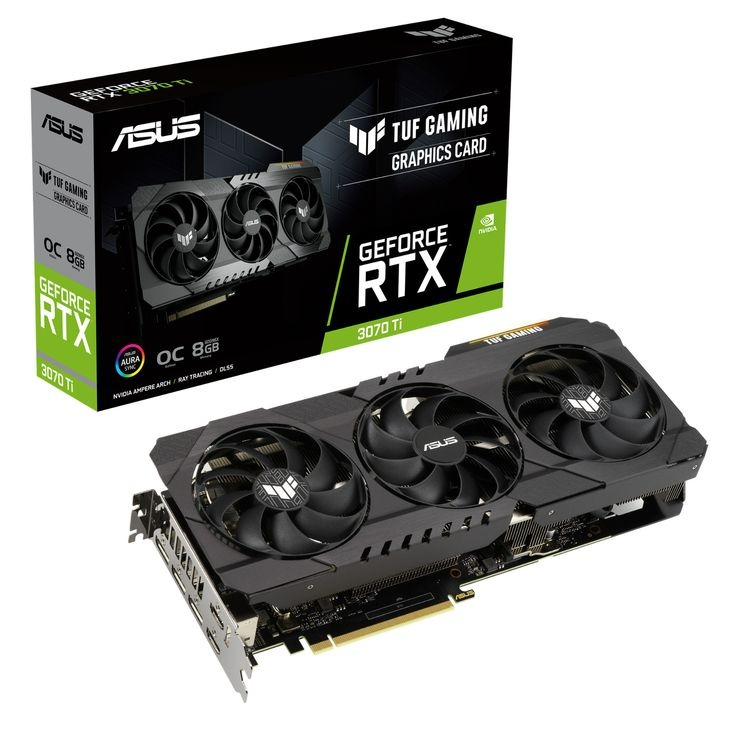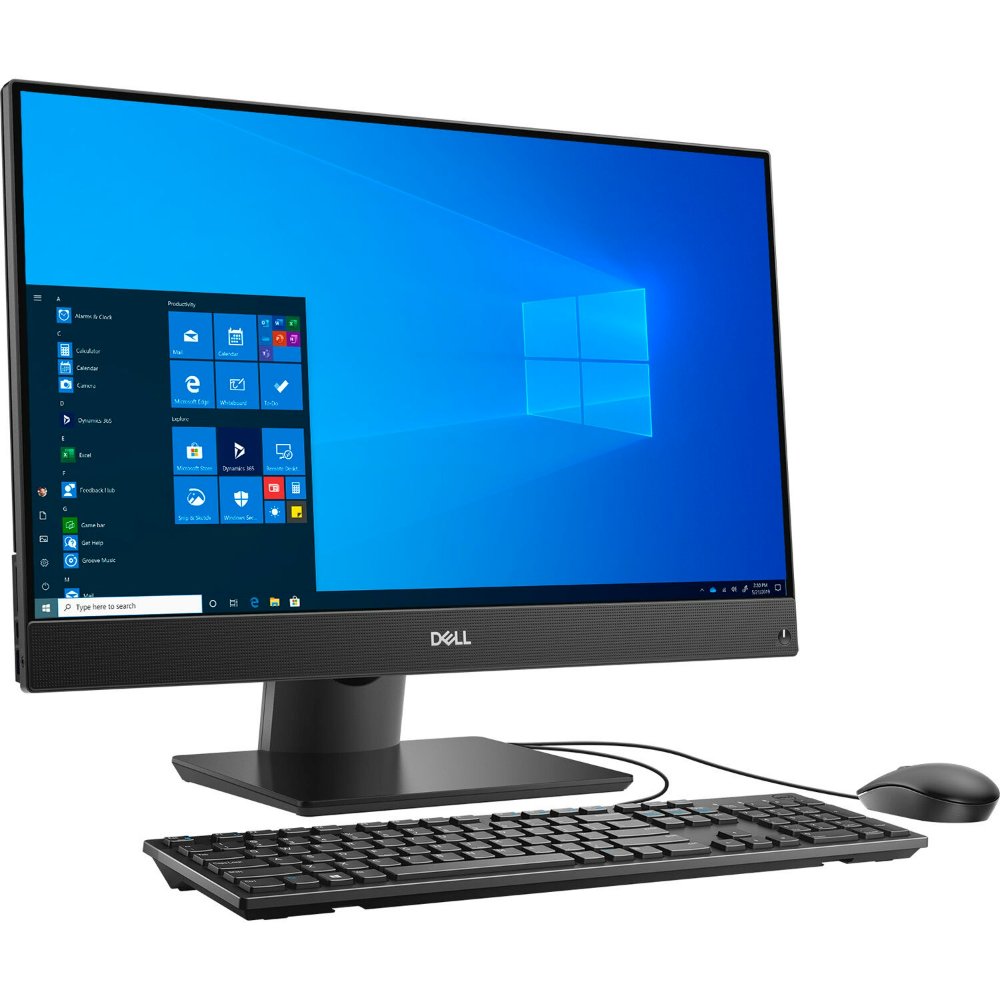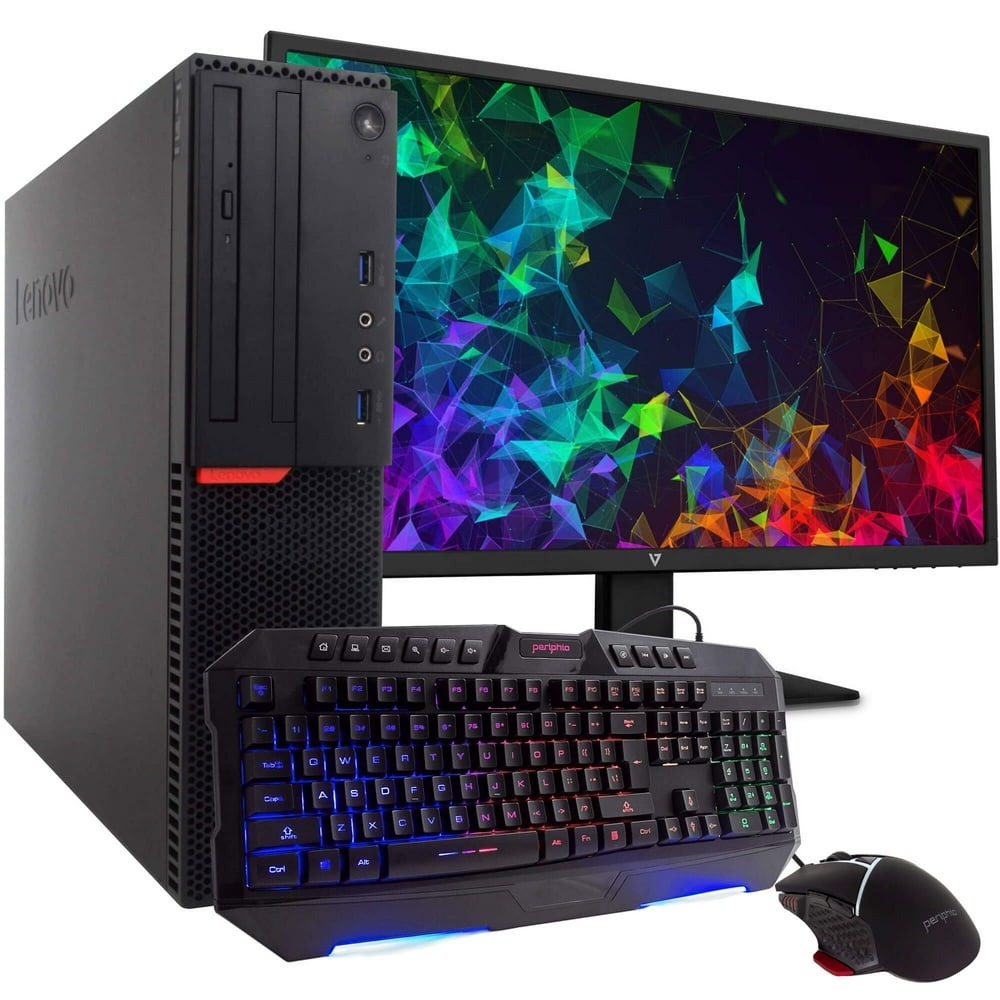Introduction to Graphics Cards
Before diving into how to find out what graphics card you have, let’s understand what a graphics card does. A graphics card, also known as a video card, is an essential component of a computer. It renders images, videos, and animations on your screen. It can be a dedicated card or integrated into the motherboard.
Graphics cards come in various models and specifications. The performance of your computer in tasks like gaming, video editing, and 3D rendering heavily depends on your graphics card. Knowing its model helps you understand the device’s capabilities and limitations.
With advancements in technology, graphics cards have become more powerful. They now include their own processors and memory, known as GPU and VRAM, respectively. This allows for higher resolution displays and smoother performance in demanding applications.
For casual users, an integrated graphics chip may be enough. But for those who demand high performance, such as gamers and professionals, a dedicated graphics card is essential. It’s important to find out what graphics card you have to ensure it meets your needs.

Methods for Identifying Your Graphics Card
Identifying the model of your graphics card is simple with the right tools. You can use system tools, device manager, or third-party software. Let’s explore these methods in detail.
Using Built-In System Information Tools
Most operating systems have built-in tools that provide detailed system information. On Windows, you can access ‘System Information’ or ‘DirectX Diagnostic Tool’ by running ‘msinfo32’ or ‘dxdiag’ from the Run dialog. These tools display your graphics card details under the ‘Display’ tab. For Mac users, ‘About This Mac’ gives similar information. Look for the ‘Graphics’ section.
Checking Device Manager in Windows
Another method specific to Windows is through the Device Manager. Here’s how to navigate:
- Right-click on ‘This PC’ on the desktop.
- Select ‘Properties’ and then ‘Device Manager’.
- Expand the ‘Display adapters’ section.
Your graphics card model will be listed here.
Utilizing Third-Party Software
If you prefer a more detailed analysis or find the built-in tools limiting, third-party software is the answer. Programs like GPU-Z or Speccy provide comprehensive details about your graphics card. They also offer real-time monitoring and specifications that built-in tools might not cover. Remember, these applications should be downloaded from reliable sources to avoid security risks.
Reading the Physical Card for Information
Sometimes the most direct way to find out what graphics card you have is to open your computer case. By reading the label on the physical card, you can obtain the exact model of your graphics card. This method is especially helpful if your operating system is not loading or the software tools aren’t working properly.
Here are steps to safely check your graphics card physically:
- Turn off your computer and unplug it from the power source.
- Open the computer case following the manufacturer’s instructions.
- Locate the graphics card. It’s usually plugged into the PCI-E slot on the motherboard.
- Carefully examine the graphics card for any labels or branding. Manufacturers often place a sticker or print directly on the card.
- Note down the model number, manufacturer, and any other relevant details you find.
- After getting the information, reassemble your computer case and reboot the system.
Remember to practice caution when handling internal components. Static electricity or physical damage can harm your system. If you’re not comfortable opening your case, seek help from a professional.
Reading the card directly can also confirm if the hardware matches what software tools are reporting. This is an added check to ensure the accuracy of your graphics card information.

Understanding Graphics Specifications
Once you know the model of your graphics card, it’s crucial to understand its specifications. The specifications tell you about the card’s capabilities. This knowledge helps you gauge whether your current card meets your needs or if you should consider an upgrade. Here are key specs you should be aware of:
- GPU (Graphics Processing Unit): This is the heart of the graphics card, akin to the CPU of a computer. It handles all the graphical computations. A powerful GPU means better performance in graphics-intensive tasks.
- VRAM (Video RAM): This dedicated memory stores image data that the GPU needs. More VRAM often means the ability to run games at higher resolutions with better detail.
- Clock Speed: Measured in MHz, this indicates how fast the GPU can process data. Higher clock speeds can lead to smoother and more responsive graphics.
- Bandwidth: This refers to the amount of data that can travel to and from the VRAM. A higher bandwidth allows for faster data transfer, improving gaming and application performance.
- Shader Cores: These are specialized processors within the GPU. They handle shading and lighting in graphics rendering. More shader cores usually mean better rendering of visual effects.
- Output Ports: Check what type of output ports your graphics card has. They can include HDMI, DisplayPort, DVI, or VGA. This determines which monitors you can connect to.
Knowing these specifications will help you understand how to find out what graphics card I have more deeply. It will also assist you in making informed decisions about gaming, upgrading, or buying a new card. Understanding the specs ensures you can optimize your computer’s performance to suit your needs. Keep these details in mind as you assess your current graphics hardware.
Why Knowing Your Graphics Card is Important
Knowing your graphics card is key for many reasons. First, it affects your computer’s performance. If you are a gamer or work with video editing, a good graphics card is a must. It helps games run smoothly and cuts down on rendering time for videos.
Next, software compatibility comes into play. Some programs need a certain graphics card to work well. Knowing your card’s model lets you check this before you install new software.
Then there’s troubleshooting. If you face issues with graphics, knowing your card details is the first step to finding a fix. It helps you search for solutions or get the right help.
Also, upgrading your system needs good knowledge of your current graphics card. You can pick a better one and ensure it is compatible with your computer.
Lastly, selling or buying used PCs is easier when you know the graphics card specs. Buyers often ask about the graphics card as it greatly affects the computer’s value.
In short, understanding your graphics card model can enhance your computer use and help with future changes. Keep this in mind as you check your system or plan upgrades.

Tips for Upgrading Your Graphics Card
Upgrading your graphics card can be a game-changer for your computer’s performance. It is important to make sure you pick the right card. Here are some tips to guide you.
- Assess Your Needs: Before purchasing, understand what you need. Are you into gaming, or do you use heavy graphics applications? These needs will drive your choice.
- Check Compatibility: Ensure the new card will fit in your computer case. Also, check if your power supply can handle it. Your motherboard’s port must match the graphics card.
- Budget Wisely: Graphics cards can be costly. Set a budget that aligns with your performance requirements without breaking the bank.
- Research: Look up how to find out what graphics card I have and compare it with the latest models. Read reviews and benchmarks to know what upgrades will give you the best boost.
- Performance vs. Cost: The most expensive card is not always the best for you. Find a balance between performance gains and cost.
- Future-Proofing: Consider how long you want the card to last. A mid-range card today could become outdated quickly. Sometimes, investing in a higher-end card is more cost-effective in the long run.
- Cooling System: High-performance cards generate more heat. Make sure your case has enough cooling to handle the new card.
- Driver Support: Check that the manufacturer offers good driver support. This ensures your card stays updated and performs well over time.
Upgrading doesn’t need to be complex. By following these tips, you can make a smart choice that enhances your computing experience. Remember, a little research can go a long way in ensuring you’re satisfied with your upgrade.
Common Issues and Troubleshooting
When trying to identify your graphics card, you may encounter some common issues. Troubleshooting these problems effectively can save you time and frustration. Here are solutions to typical problems users face.
Graphics Card Not Showing in Device Manager
If you can’t see your graphics card in Device Manager, don’t worry. First, check if it’s properly seated in the PCI-E slot. Next, see if your power supply connects to the card, if needed. Sometimes, a BIOS update or resetting CMOS can fix detection issues.
Inaccurate Information from Tools
Tools may show wrong details due to outdated software or drivers. Make sure you have the latest updates installed. Also, cross-check with other tools or inspect the graphics card physically to confirm the information.
Issues with Third-Party Software
When using third-party software to find out what graphics card you have, ensure the program comes from a trusted source. If the software isn’t working, reinstall it or try an alternative. Always keep your security software up to date to protect against threats.
System Not Recognizing New Graphics Card
After an upgrade, your system might not recognize the new graphics card. Install the latest drivers from the manufacturer’s website. Also, ensure your operating system is updated. These actions typically resolve recognition issues.
Overheating Graphics Card
Overheating can cause your graphics card to perform poorly. Check if the card’s fans are working and free from dust. Improve airflow in your case, or consider adding additional cooling if necessary.
By addressing these common issues, you can maintain your graphics card’s performance and ensure that you know exactly which model you have. Keep these troubleshooting tips in mind as you use, upgrade, or diagnose your computer’s graphics hardware.